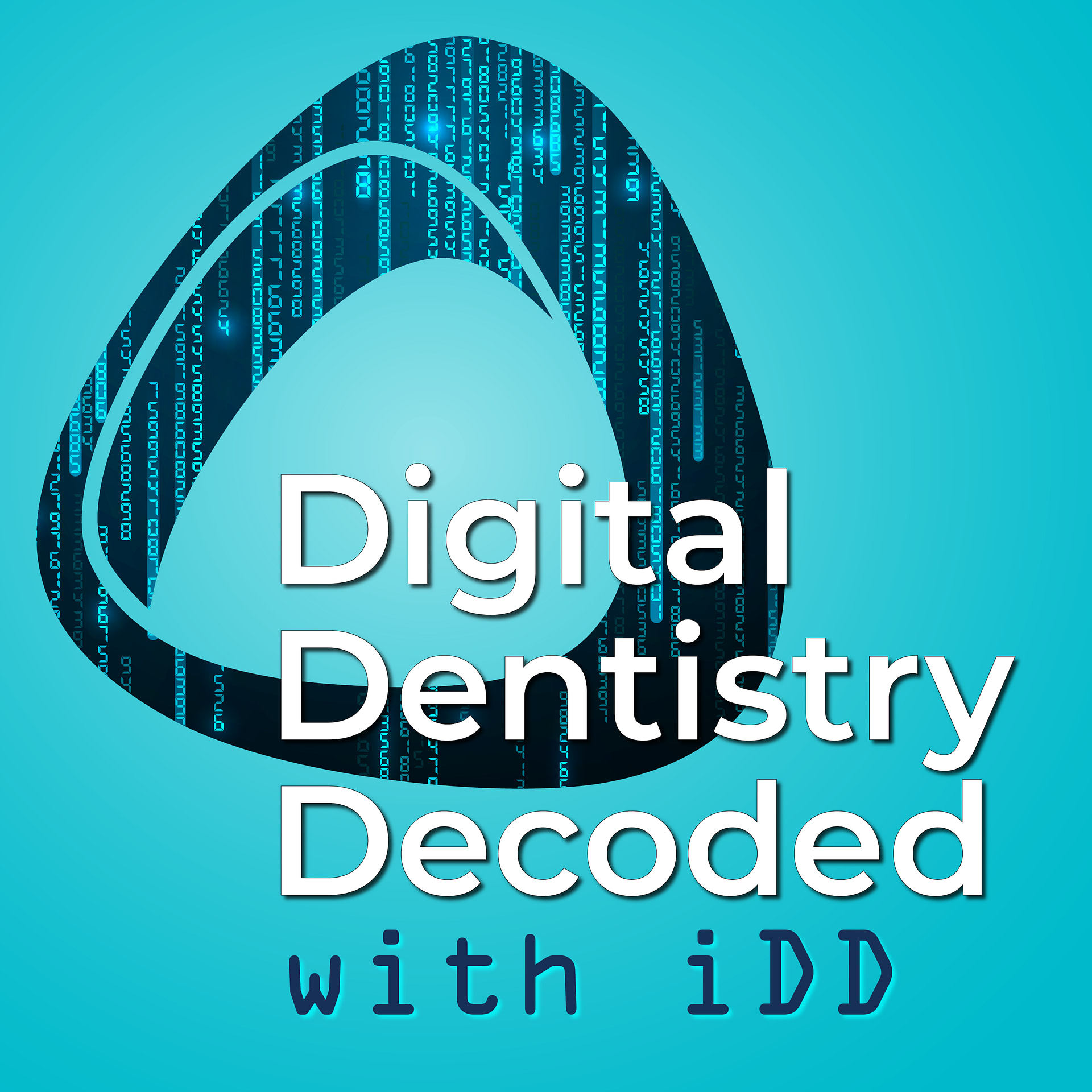Following our discussion with Jay Kim from TruAbutment about digital implant workflows in Episode 7, we welcome back Cory Lambertson, General Manager of Asiga Americas who we had previously in Season 1 of Digital Dentistry Decoded, to discuss the company's latest developments and the state of dental 3D printing.
Listen to our podcast episode below or continue reading the highlights below.
Listen on Spotify
A Strong Year for Asiga
Despite mixed signals in the dental 3D printing market, 2024 has been a productive year for Asiga with the launch of two new machines - the MAX 2 and ULTRA.
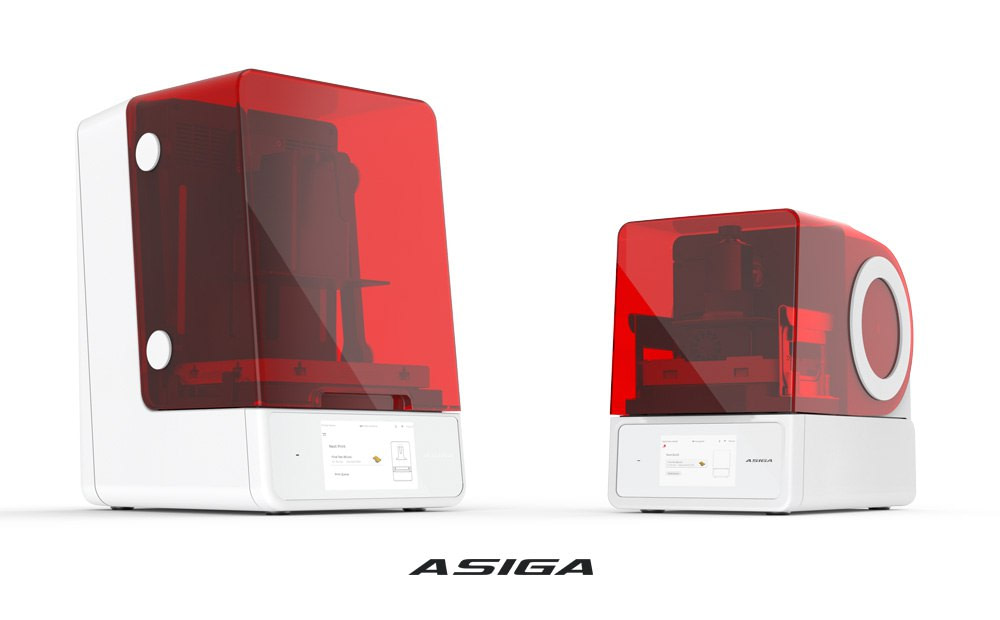
Asiga ULTRA (L) and Asiga MAX 2 (R)
According to Lambertson, both machines have been overwhelmingly successful: "We can't keep 'em in stock. They just fly off the shelves. From an overall sales perspective, it's been probably one of our strongest years."
The success comes at a time when some companies are facing challenges in the market. When asked about the market conditions, Lambertson notes: "I think there was like a lot of concern about like just the market in general. Look, there's a lot of players out there that are getting into the additive space and that are new to the additive space, but I think with our latest announcements, we're able to try to stay on top."
He adds that "I think for any company, if they did not have any product announcements this last year, they very well could be a challenging year."
The New MAX 2 and ULTRA: A Closer Look
MAX 2: Modernizing a Classic
The MAX 2 represents a modernized update to the original MAX printer. "When we're looking at the MAX and how we wanted to reinvent it, we wanted to make it as clinical friendly as possible."
Lambertson explains. "Even from the design characteristics, if you were to look at it, it looks like a clinical 3D printer."
Key improvements include:
- Updated touchscreen
- Better software UI
- Enhanced calibration and setup
- Integration of transparent mode technology
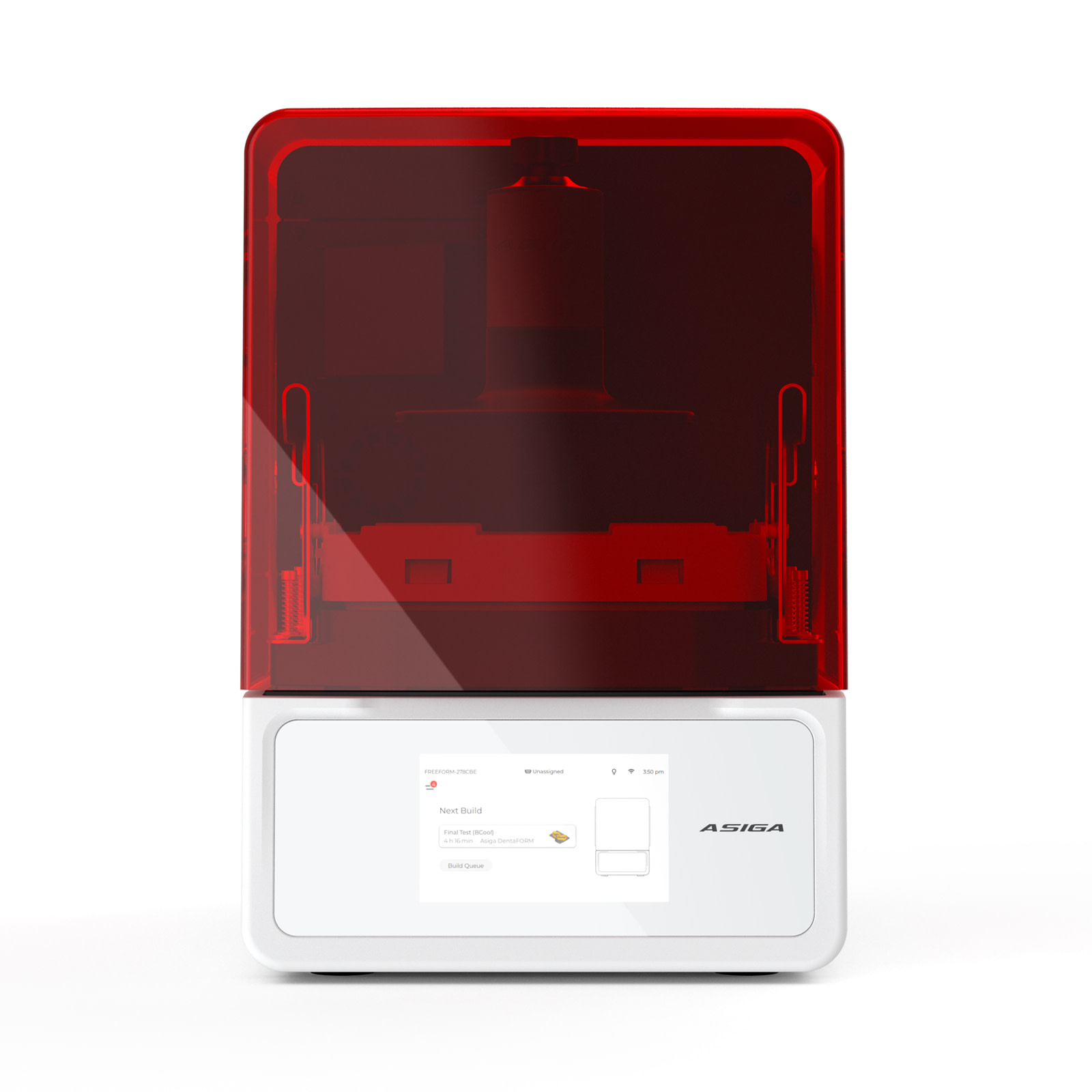
ULTRA: Advanced Safety Features
The ULTRA introduces several innovative features designed to enhance safety and reduce human error:
- Automatic hood opening system with proximity sensor
- Electromagnetic build platform holder capable of holding up to 80 kilograms of force
- Built-in camera that scans for build platform presence
- Resin tray locking sensors
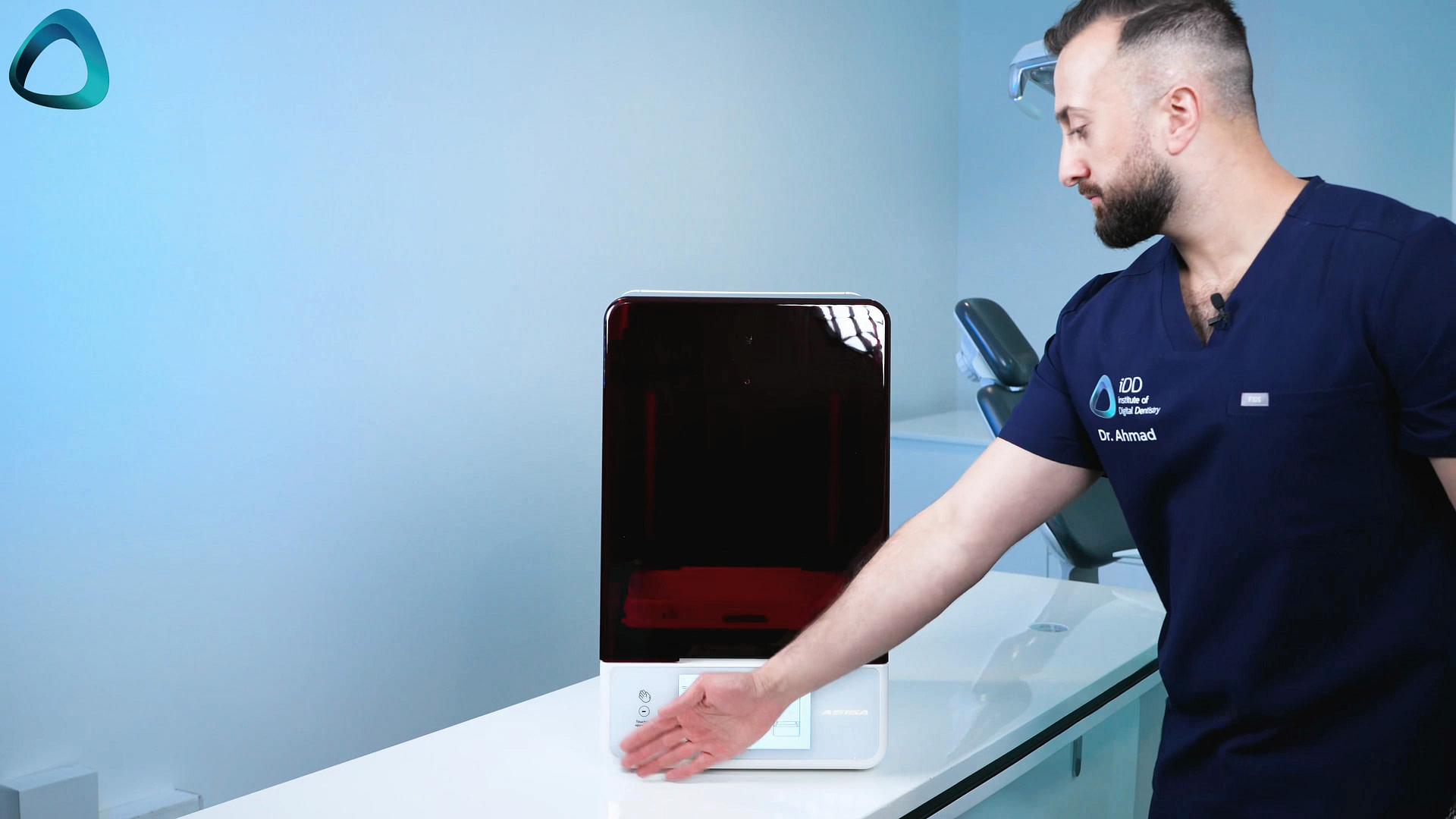
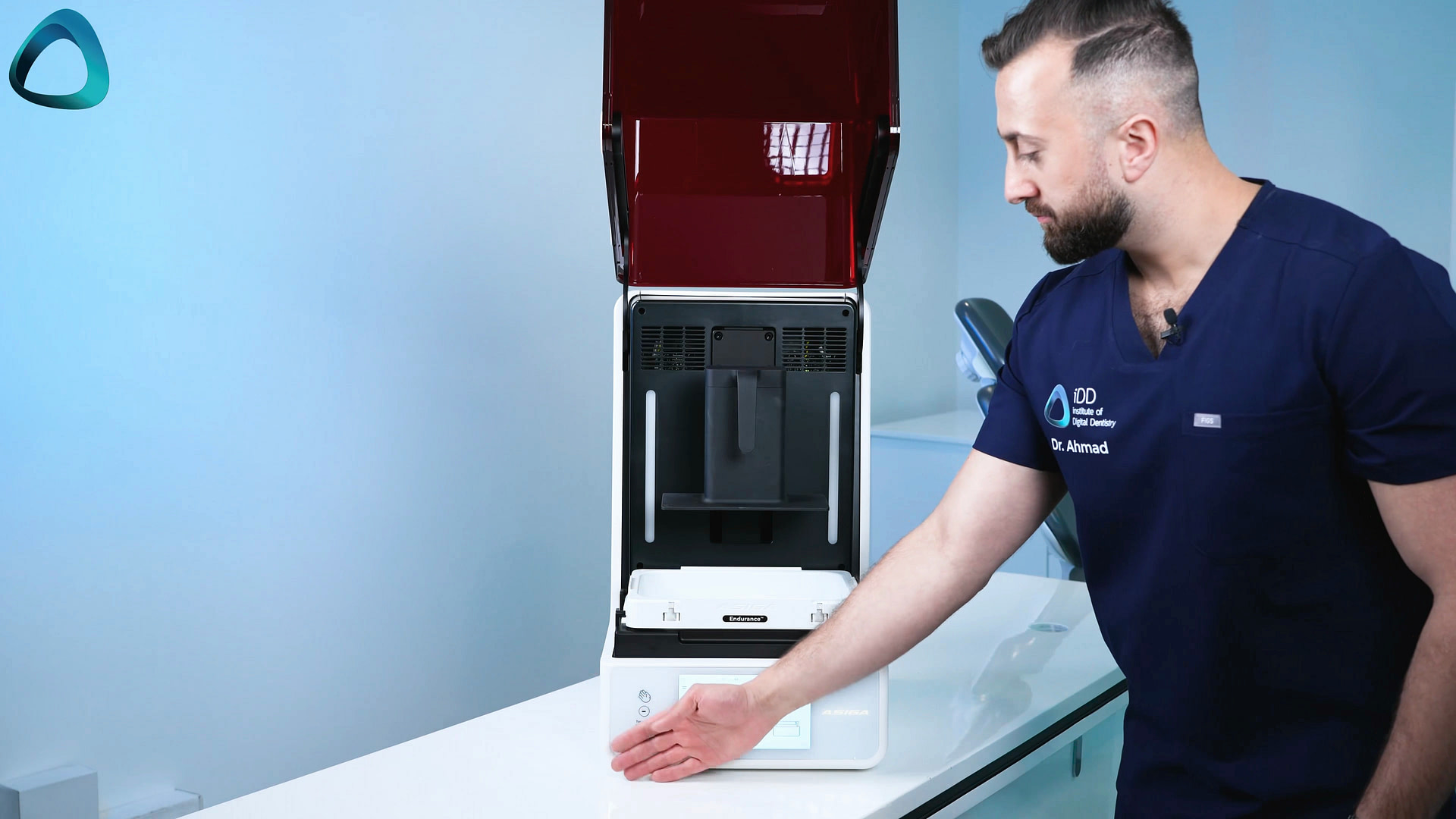
Automatic hood opening system with proximity sensor
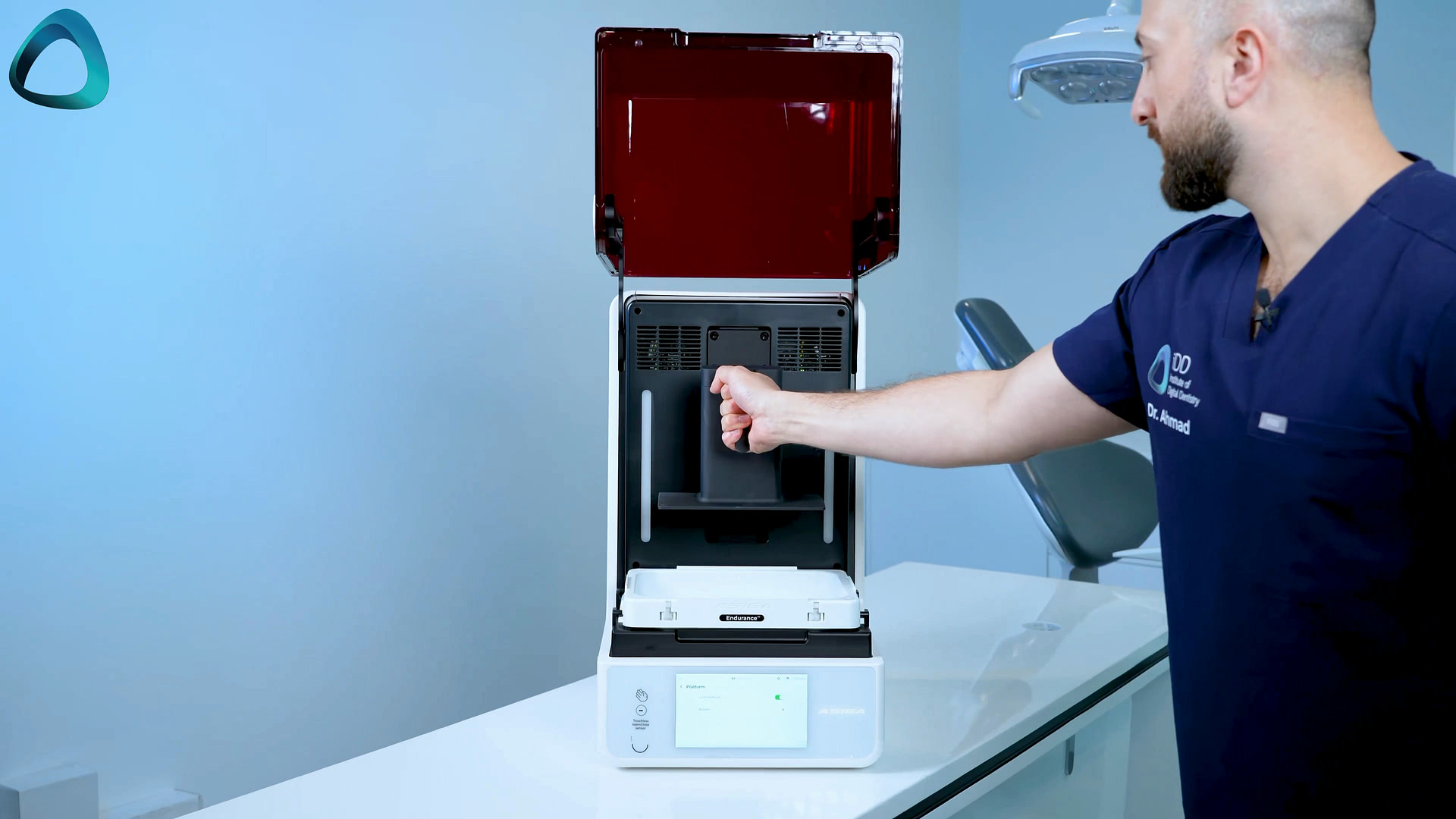
Electromagnetic build platform holder capable of holding up to 80 kilograms of force
"We went back to the drawing board," Lambertson shares. "How can we make it easier for our end-users and safer for our end-users?
One of the biggest issues with 3D printing is that it's messy, it's toxic... With the ULTRA, we're like, how can we utilize the machine without having to actually touch it?"
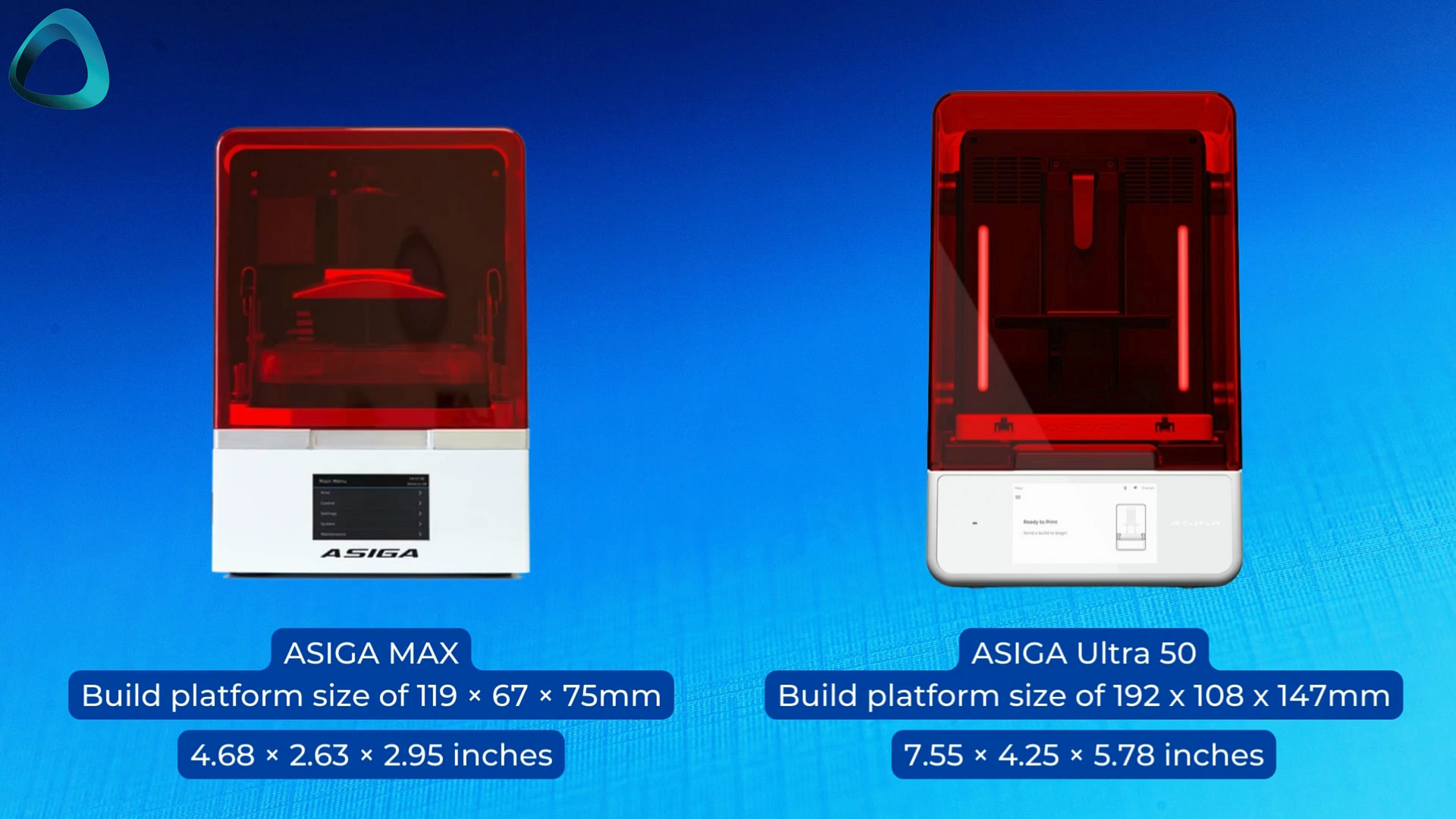
The Innovative Transparent Mode
Both new printers feature Asiga's innovative "transparent mode" technology, which Lambertson believes puts them "five to six years ahead of all our competitors."
"Think about if you're creating a surgical guide that has multiple anchoring points and multiple drilling axes," Lambertson explains. "When you print with transparent mode on... you're able to essentially arrange a part in any orientation and you're not sacrificing accuracy."
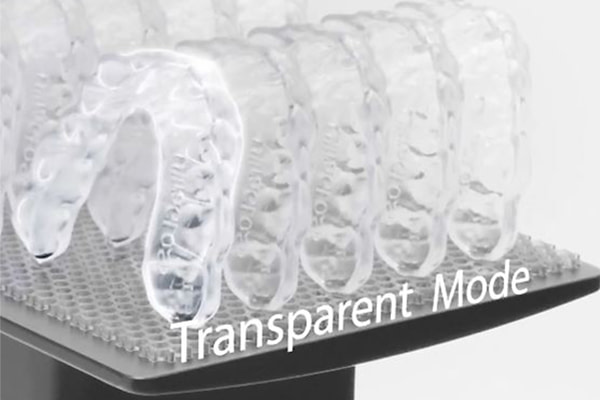
The technology comes with a speed trade-off, highlighting an interesting market divide: "You have some labs and clinicians that's like, 'I want the most accurate thing ever, time does not matter to me'... And then you have the other half of the population that's like, 'If it's not as accurate, I'm okay with that. I want it in 30 seconds.'"
Asiga's Product Lineup and Positioning
Asiga maintains three distinct printer options for the dental market:
- MAX 2: Compact workhorse
- ULTRA: Mid-sized with advanced features
- Pro 4K: Larger format for production labs (15-20% larger build platform than ULTRA)
As Lambertson notes, "We're still selling a large number of Pro 4Ks in the dental laboratory space... You'd be surprised the number of clinicians that have a Pro 4K."
Popular Applications in Dental 3D Printing
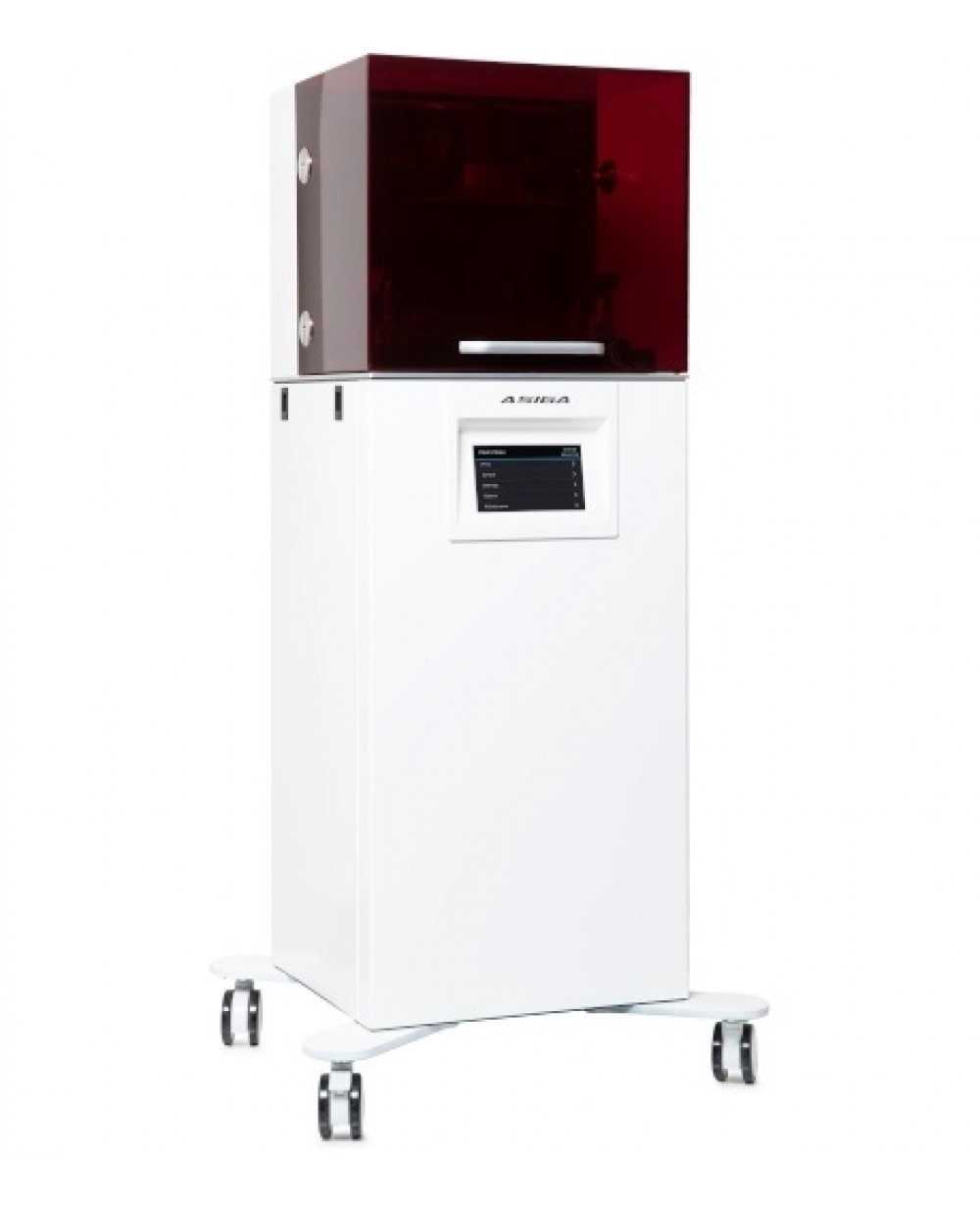
Asiga Pro 4K
Current Leading Applications:
- Models
- Remains the primary application for both clinical and laboratory use
- Splints
- "If you're a clinician and you're not 3D printing splints, you're losing money right there," Lambertson emphasizes
- Design time of approximately 5 minutes
- Low material costs
- Removable Prosthetics
- Emerging as "the next frontier" for 3D printing
- Material costs range from $5 for economy resins to $25 for premium materials
- Significant profit potential with dentures typically charging between $1500-3000 in the US market
Post-Processing Solutions
Asiga is expanding its ecosystem with upcoming post-processing units:
- Curing unit expected soon
- Washing unit planned for end of Q1, beginning of Q2
- Focus on automation and streamlined workflows
"The curing unit is the most important aspect in the workflow after the 3D printer anyway, so that's what we put all of our focus in," Lambertson explains.
Material Ecosystem
Asiga maintains one of the most open material systems in the industry, with over 700 validated materials.

They are one of only two companies that can print Dentsply Sirona's Lucitone Digital Print material, which Lambertson attributes to their accuracy: "For Dentsply team... their QC team and quality assurance team for getting a printer to pass their validation is strict. And the only way it can pass is if they meet their tight tolerances."
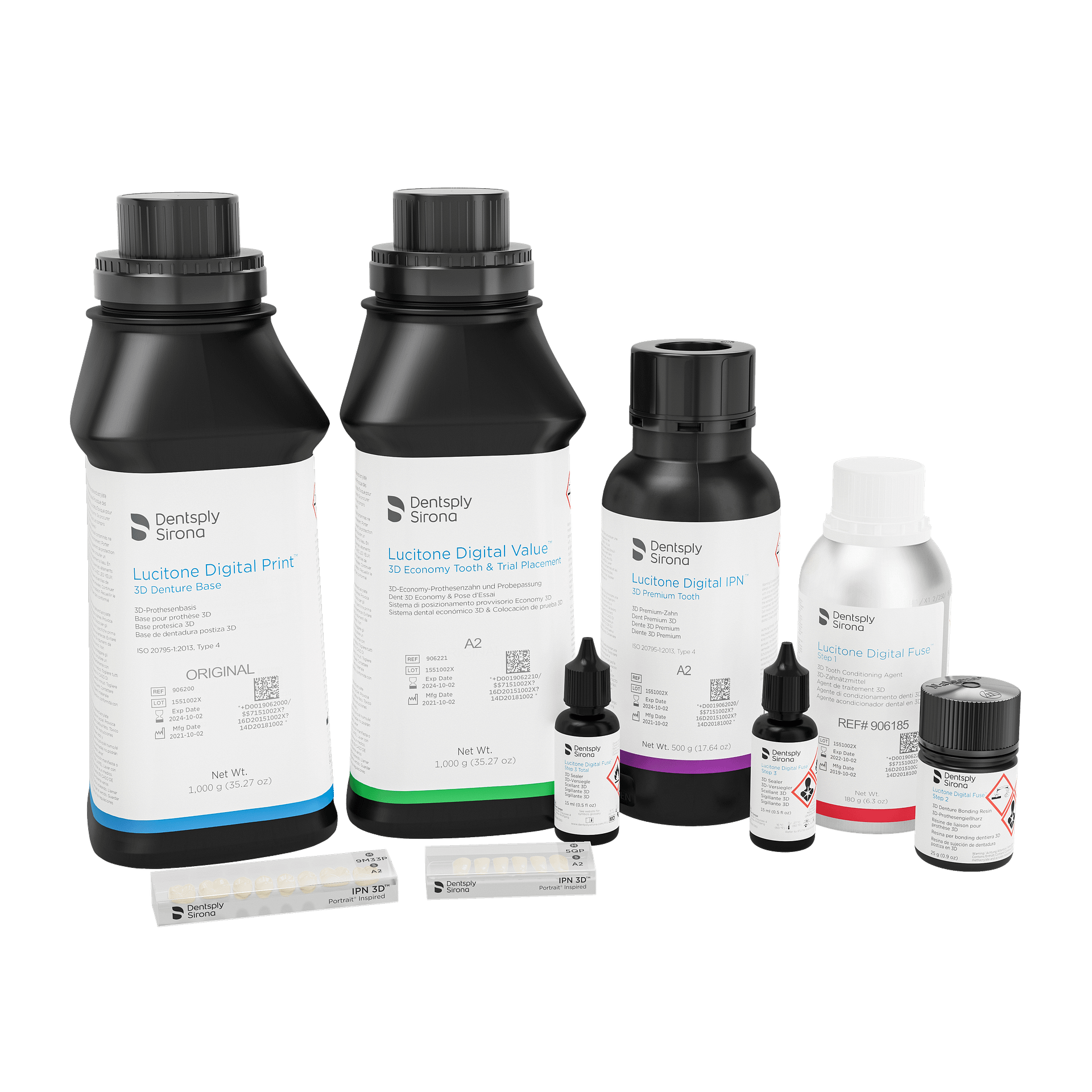
Looking to the Future
Lambertson emphasizes the importance of digital adoption in dentistry: "Unfortunately, or fortunately, digital dentistry is not going away. It's something you have to do. It's something you have to be part of in some sort of way."
His advice for newcomers: "Start small and look, there's so many resources out there... do your homework on it and buy smart... dip your toe in, get the intraoral scanner, get the right one, and you'll love it."
Stay tuned for our next episode of Digital Dentistry Decoded, where we continue to bring you the latest insights from industry leaders in digital dentistry.

